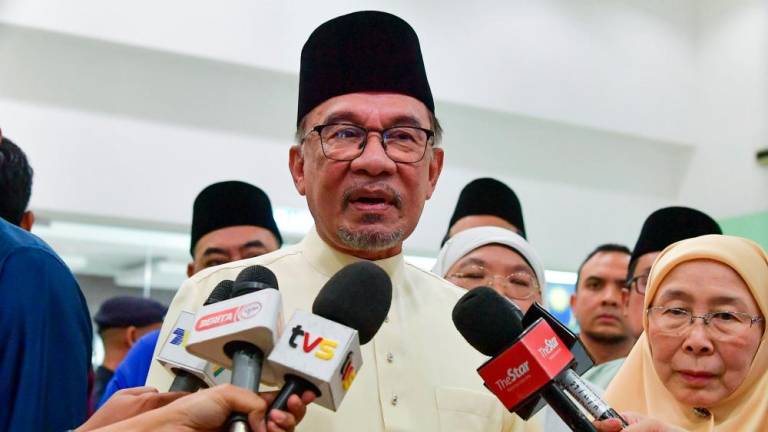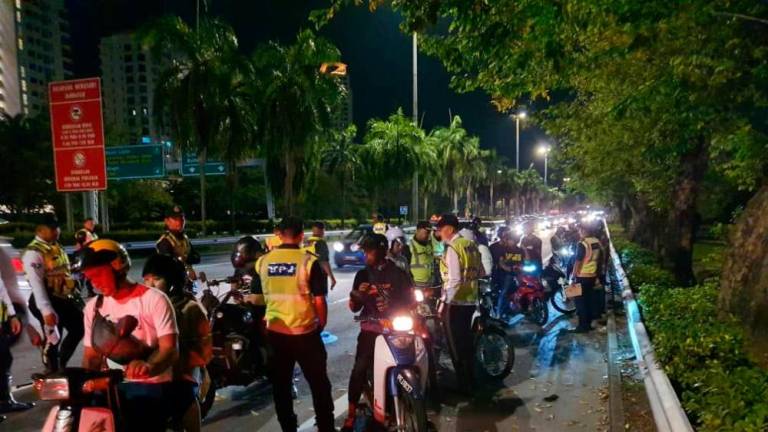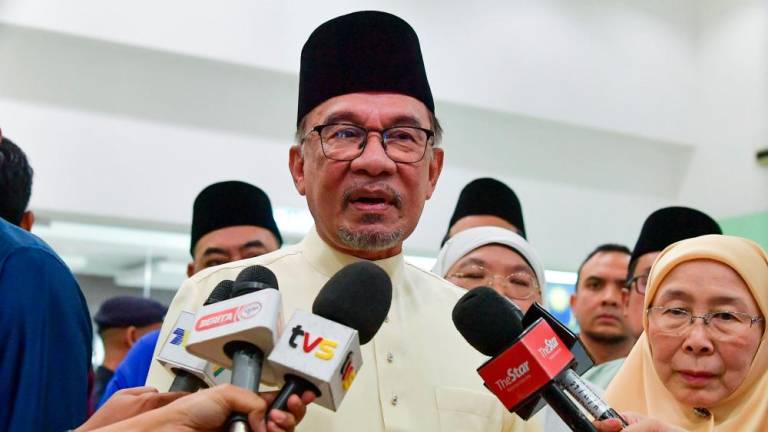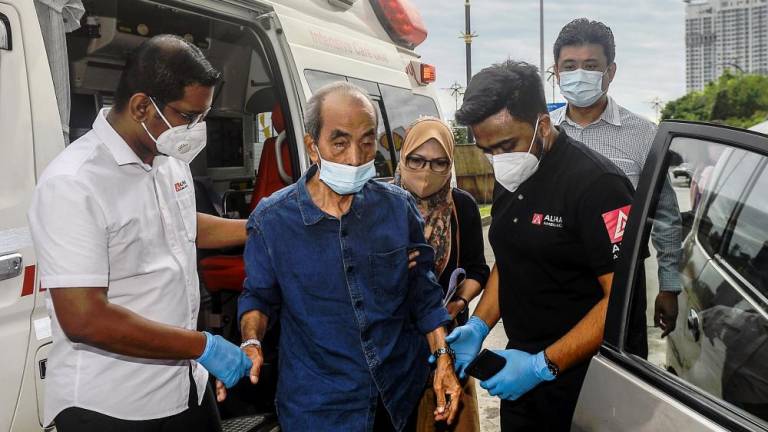ONE of the major concerns that Bank Negara Malaysia has always expressed when presenting its annual report is the nation’s very high percentage of household debts.
At 80% to the gross domestic product (GDP), it’s certainly one of the world’s highest, if not the highest.
But what has been done all these years to address this acute national problem?
As we all know, household debts to the average salaried Malaysian largely boils down to three reasons – housing and car loans, and the use of credit cards.
A housing loan is normally the biggest lifetime investment for Malaysian employees and owning a house becomes a priority especially for married couples on top of a car.
In developed countries, including Singapore with their very well networked public transport system, owning a car is not a necessity like in Malaysia, rather it’s a luxury.
For instance, we built our mass transit systems in the Klang Valley only in the last few decades while in other cities and towns, bus services are the norm.
Although billions have been invested in the LRT and the MRT, large sections of the working population still can’t avail themselves of these seamless travel modes because the rail lines are a distance away from their workplace.
The pressure for space on LRT or MRT is greatest during morning rush hours, when people need to reach their offices or factories on time, but only for those lucky enough to have their workplace close to the rail tracks.
For others, they still need a car which is why car ownership ratio in Malaysia is again arguably one of the the world’s highest.
Affordable houses, as promoted by developers to the average salaried person, is only affordable on paper but not quite when he or she looks at their payslip.
Coupled with the necessity of a car, both housing and car loans at the end of the day leave very little for them to make ends meet.
This is where banks cash in on offering a credit card or two, which have ready takers, and before too long a person realises he or she is in debt rather deeply.
The Counselling and Financial Management unit under Bank Negara, better known as AKPK, was set up especially to educate people on prudent spending but because of these basic necessities that they have to commit themselves to, the number of borrowers going into bankruptcy even among the Gen Y or millennials is rising.
This is indeed a most worrying trend in our nation building, moving forward.
What can be done actually by way of out-of-the-box approaches before things really get out of hand?
I take the liberty here to suggest making houses and cars much more affordable.
Land is a major price component in the housing industry and land being a state matter, how about state governments freeing up more idle land especially in the surburbs for development of truly affordable homes?
Taxes for building materials used in such people’s housing construction could either be lowered or abolished to ease up on the pricing of the houses at end of the day.
Prices of such houses are also influenced by the delays developers face in getting the myriad of approvals from the authorities due to bureaucratic red-tape.
In this regard, the local government and Housing Ministry should see to it that the delays are minimised or, better still, create a zero delay environment.
And finally, the authorities should chip in by capping the profit margins reaped by developers for such houses instead of allowing market forces to wreak havoc on buyers’ pockets, especially those struggling to own their first house.
Every non-civil servant envies civil servants for paying only 4% for their housing loans taken from the Ministry of Finance’s Housing Division compared with the much higher market rates for others.
How about Bank Negara considering bridging this wide gap?
There are hundreds of thousands of such people begging banks to give them a loan but the rate of rejection is said to be very high due to diminishing disposal income. The same goes with car loans.
We need to make cars more affordable by reducing taxes on whatever materials required in car-making.
It is also a financial trauma for most average salaried workers having about half of their paycheque going into paying their monthly instalment for a period of seven long years.
It’s actually even more crucial to bring car prices down because unlike a house, the value of a car depreciates by the day.
There are so many cases of borrowers having their cars repossessed by banks for payment defaults.
That’s not the end of the car owner’s trauma. After the car is repossessed, the borrower still needs to top up with banks because the resell value is much lower than the outstanding loans.
And certainly the rampant use of credit cards is a critical issue facing millions of Malaysians.
Not to mention the very high interest rates charged for credit cards.
By the same token, Bank Negara could revisit these charges and strictly enforce limits on the number of cards an average salaried-person can carry instead of multiple banks offering one to a single person as is the practice.
I strongly believe that if these measures can be implemented, more of our financially strapped citizens could sleep much better at night and Malaysians’ general health will improve.
Comments: letters@thesundaily.com














